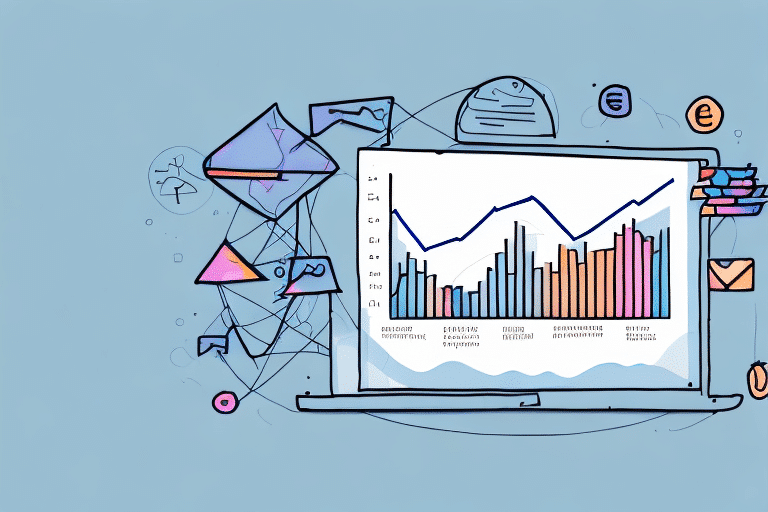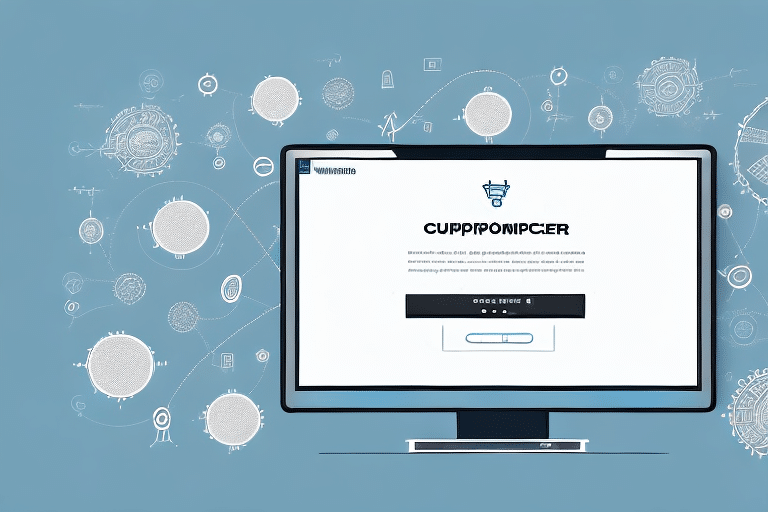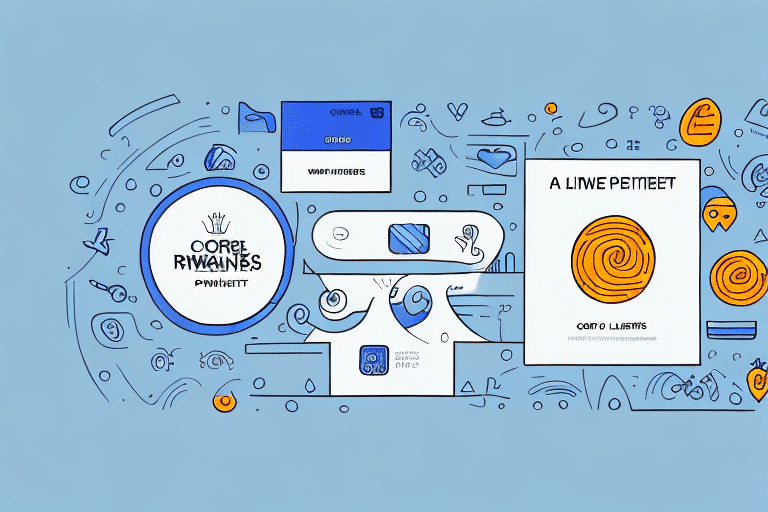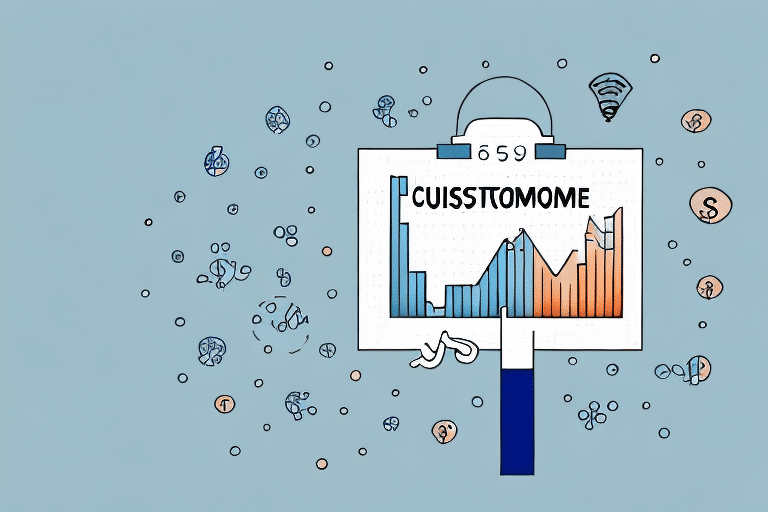The Importance of Customer Retention for Business Success
As a savvy business owner, you understand the importance of attracting customers and generating revenue. However, retaining those customers for the long haul is equally crucial. Customer retention fosters loyalty, drives repeat business, increases customer lifetime value, and creates a competitive advantage for your business.
Research indicates that it costs five times as much to acquire a new customer as it does to retain an existing one (Harvard Business Review). Additionally, existing customers are more likely to make repeat purchases and spend more than new customers, providing a stable and predictable revenue stream.
Moreover, loyal customers often become brand advocates, providing valuable word-of-mouth marketing that can attract new customers without the hefty costs associated with traditional advertising. This not only enhances your business’s reputation but also builds a community of brand loyalists.
Understanding Your Customers' Needs and Preferences
The foundation of a successful customer retention plan lies in a deep understanding of your customers. Knowing what your customers want, what drives their purchasing decisions, and identifying their pain points allows you to tailor your retention strategies effectively.
Gathering Customer Insights
Utilize surveys, feedback forms, and social media interactions to collect data about your customers' preferences and experiences. For instance, tools like SurveyMonkey and Typeform can help you create detailed surveys to gather valuable insights.
Personalizing Customer Experiences
With the insights gained, you can create personalized offers and incentives, improve your product or service offerings, and provide exceptional customer service that meets the specific needs of your customers. Personalization can significantly enhance customer satisfaction and loyalty.
Analyzing Customer Churn and Identifying Loyalty Drivers
Understanding why customers leave is as important as knowing why they stay. Analyzing your customer churn rate— the percentage of customers who stop doing business with you over a given period—can help identify underlying issues and areas for improvement.
Segmenting Your Customer Base
Segmenting your customers based on factors such as purchase history, engagement level, and demographics can help identify which segments are more prone to churn. This targeted approach allows you to address specific needs and mitigate churn effectively.
Recognizing Key Loyalty Drivers
Identify the factors that drive customer loyalty, such as pricing, product quality, customer service, and brand reputation. Conducting customer surveys or focus groups can provide direct feedback on what your customers value most.
Developing an Effective Customer Retention Strategy
With a comprehensive understanding of your customers and the factors influencing their loyalty, you can develop a tailored retention strategy aligned with your business goals.
Setting Clear Objectives
Define what you aim to achieve with your retention strategy, whether it's increasing revenue through upselling, enhancing customer satisfaction, or reducing churn rates.
Implementing Retention Tactics
- Personalized Communication: Use CRM tools like Salesforce or HubSpot to manage and personalize customer interactions.
- Loyalty Programs: Implement rewards programs that incentivize repeat purchases and foster a sense of appreciation.
- Exceptional Customer Service: Ensure your support teams are well-trained and responsive to customer inquiries and issues.
Measuring and Refining Your Retention Efforts
To ensure the effectiveness of your retention strategies, it is essential to track relevant metrics and continuously refine your approach based on data-driven insights.
Key Retention Metrics
- Customer Lifetime Value (CLV): The total revenue a customer is expected to generate during their relationship with your business.
- Customer Satisfaction Score (CSAT): Measures customer satisfaction with your products or services.
- Repeat Purchase Rate: The percentage of customers who make more than one purchase.
Regularly monitoring these metrics allows you to assess the impact of your retention efforts and make informed adjustments as needed.
Continuous Improvement
Customer needs and market conditions are constantly evolving. Regularly review and update your retention strategies to stay aligned with these changes and maintain high levels of customer satisfaction and loyalty.
Best Practices and Case Studies in Customer Retention
Learning from successful customer retention strategies across different industries can provide valuable insights and inspiration for your own efforts.
Industry Case Studies
For example, Apple has excelled in customer retention through its ecosystem of products and exceptional customer service. Another example is Starbucks, which uses its loyalty program to reward repeat customers and personalize their experience.
Implementing Best Practices
- Consistent Communication: Maintain regular contact with your customers through newsletters, updates, and personalized messages.
- Value Addition: Continuously offer value through high-quality products, exclusive offers, and meaningful engagement.
- Responsive Feedback Mechanism: Actively seek and respond to customer feedback to show that you value their input and are committed to improvement.
Avoiding Common Pitfalls in Customer Retention
While developing a customer retention plan, it's important to be aware of and avoid common mistakes that can undermine your efforts.
- Overemphasizing Revenue: Focusing solely on revenue growth at the expense of customer experience can lead to dissatisfaction and increased churn.
- Neglecting Metrics: Failing to monitor key retention metrics can result in a lack of understanding of what is working and what needs improvement.
- Inflexible Strategies: Not adapting your retention strategies to changing market conditions and customer preferences can render your efforts ineffective.
By being mindful of these pitfalls, you can create a more robust and effective customer retention plan.
The Role of Leadership in Fostering Customer Loyalty
Leadership plays a pivotal role in cultivating a culture of customer-centricity and loyalty within an organization. By prioritizing customer retention and embedding it into the core business objectives, leaders can inspire their teams to focus on building long-term relationships with customers.
Creating a Customer-Centric Culture
Leaders should lead by example, demonstrating a commitment to customer satisfaction and encouraging employees to go the extra mile to meet customer needs.
Aligning Organizational Goals
Ensure that all departments and teams understand the importance of customer retention and how their roles contribute to achieving it. This alignment fosters a unified approach to enhancing customer loyalty.
Conclusion
Creating a comprehensive customer retention plan is essential for any business aiming to maintain a loyal customer base and achieve long-term success. By understanding your customers' needs, analyzing churn rates, developing targeted retention strategies, and continuously measuring and refining your efforts, you can enhance customer loyalty and drive sustainable growth. Implementing best practices, learning from successful case studies, and fostering a customer-centric culture further strengthen your retention initiatives, ensuring your business thrives in a competitive landscape.








